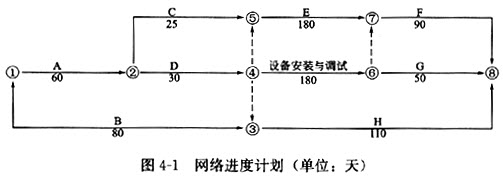While some international couriers are showing signs of exhaustion, EMS (Express Mail Service), the generic name for the courier services of post offices, seems to be finding its stride. Known as Datapost in Britain, as Chronopost in France, and as A1-Barid al-Mumtaz in Saudi Arabia, EMS is now second in the international courier business (jointly with TNT Skypack). Last year it delivered 5.6 million items, weighing less than 20 kilograms each, across borders. That and its annual growth rate of around 5 percent have worried DHL, the market leader, enough for it to counter-attack in the Courts.
On October 26, a Dutch judge ruled against DHL on all three counts filed against the Dutch post office: that the three-initial name was too close to DHL’s; that the orange lines in the EMS logo were too similar to DHL’s dark red ones; and that the claim to the widest route system in the world was unfounded. DHL has threatened the Swiss post office with similar action, but it may reconsider after the Dutch ruling.
EMS has some advantages over the private couriers. One is a dense ready-made network of offices, especially in Europe, the avowed target area of the private couriers. Another advantage is a long tradition of working with customs authorities. In a business where minutes count, it pays to have good friends at customs. That advantage particularly irritates the private couriers because there is no legal way to combat such unquantifiable coziness.
The private courier services are also annoyed because in countries like Switzerland and Italy, where the post office is officially a monopoly, they pay it a fee. In Switzerland DHL says it pays more than SFr lm ($ 708,000) "to the competition" each year. In France the couriers have won a battle for exoneration.
Although governments are under little pressure to keep prices artificially low, EMS is often cheaper than the private couriers, but not always. A recent test in Britain (on a domestic route) showed Datapost about halfway between the least and the most expensive, but gave it full marks for speed and service.
Each national EMS is free to set its rates and follow its own rules on things like bulk discounts. The Universal Postal Union, based in Berne, determines how costs and revenues are split between sending and receiving countries, and standardizes procedures. More than 100 postal administrations have linked into the system—and more are coming, including Russia’s. That makes the feisty EMS particularly happy since its rivals have not been allowed to serve anywhere in Russia.
Which of the following names is NOT used for EMS
A. Datapost
B. Chronopost
C. A1-Barid al Mumtaz
D. TNT Skypack
参考答案:D
解析: 是非题型
选项A,选项B,选项C的内容均在第一段第二句中有提及,是EMS在不同国家的称谓;而选项D的内容也在第一段第二句中有提及,却说是与TNT Skypack合办;因此D为答案。

